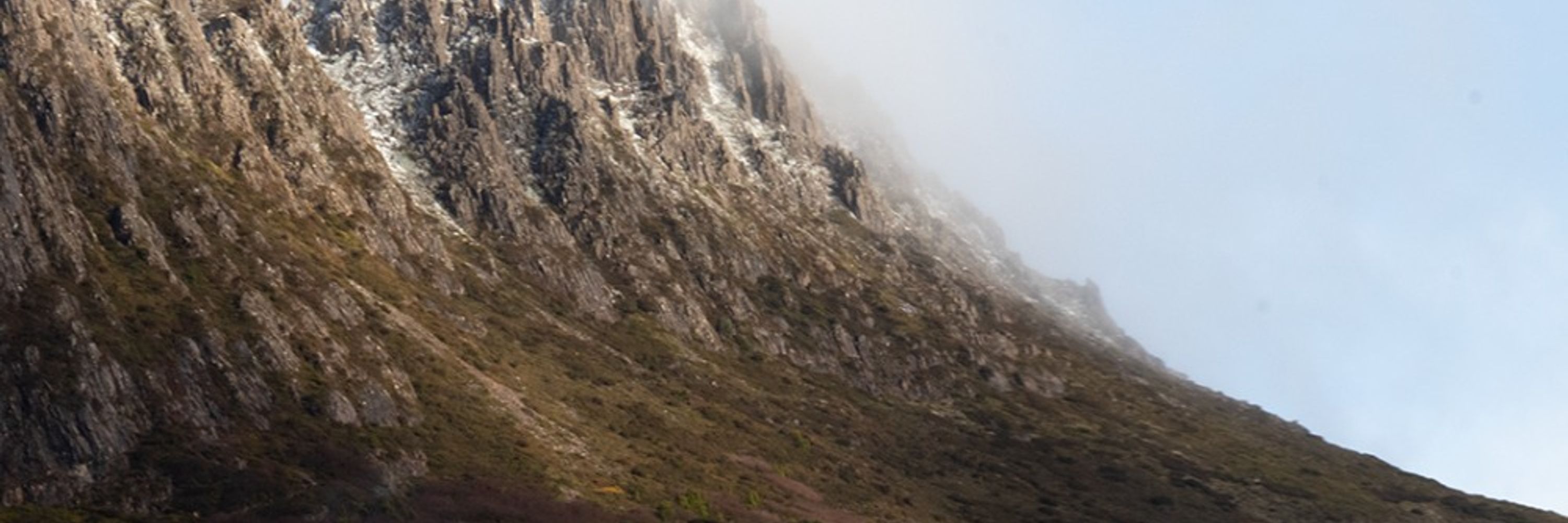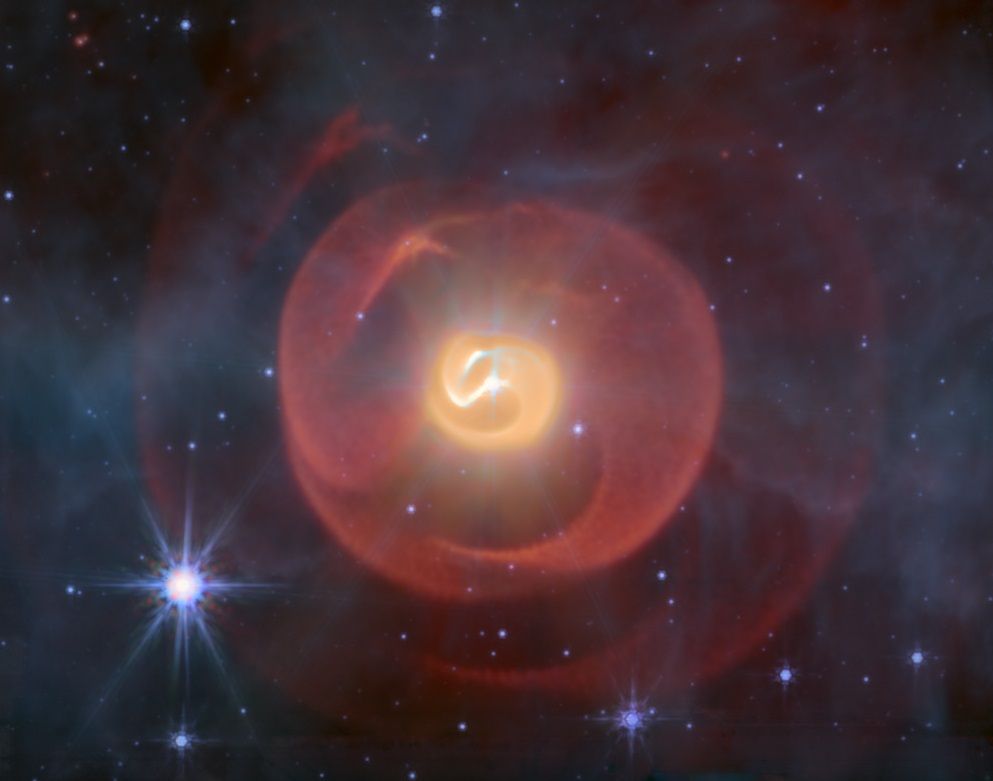
ryanwhite1.github.io
(he/him)
4/4 ⚛️🔭🧪

4/4 ⚛️🔭🧪
My paper: iopscience.iop.org/article/10.3...
Yinuo Han's paper: iopscience.iop.org/article/10.3...
3/? ⚛️🔭🧪

My paper: iopscience.iop.org/article/10.3...
Yinuo Han's paper: iopscience.iop.org/article/10.3...
3/? ⚛️🔭🧪





Apep is truly a unique system, and stay tuned for more to come! 5/5 🔭🧪
Apep is truly a unique system, and stay tuned for more to come! 5/5 🔭🧪
arxiv.org/abs/2507.14498

arxiv.org/abs/2507.14498

We present a brand new JWST image of the Apep colliding wind binary in the mid-infrared, and we study what this nebula can tell us about the THREE stars in it's centre. Read on for more... 1/?🔭🧪

We present a brand new JWST image of the Apep colliding wind binary in the mid-infrared, and we study what this nebula can tell us about the THREE stars in it's centre. Read on for more... 1/?🔭🧪





2/3 🔭
2/3 🔭
Yes, those rungs of dust are real and not an imaging artefact!
1/ 🔭

Yes, those rungs of dust are real and not an imaging artefact!
1/ 🔭









